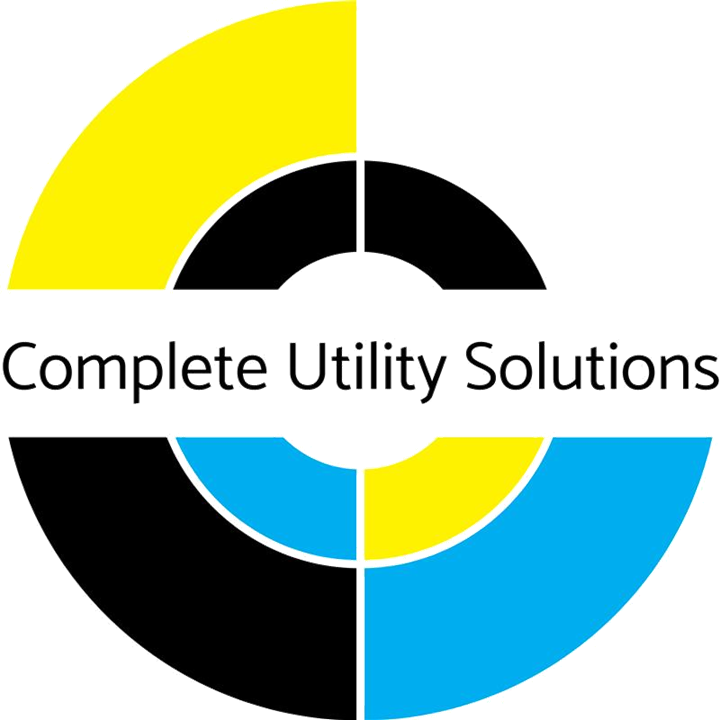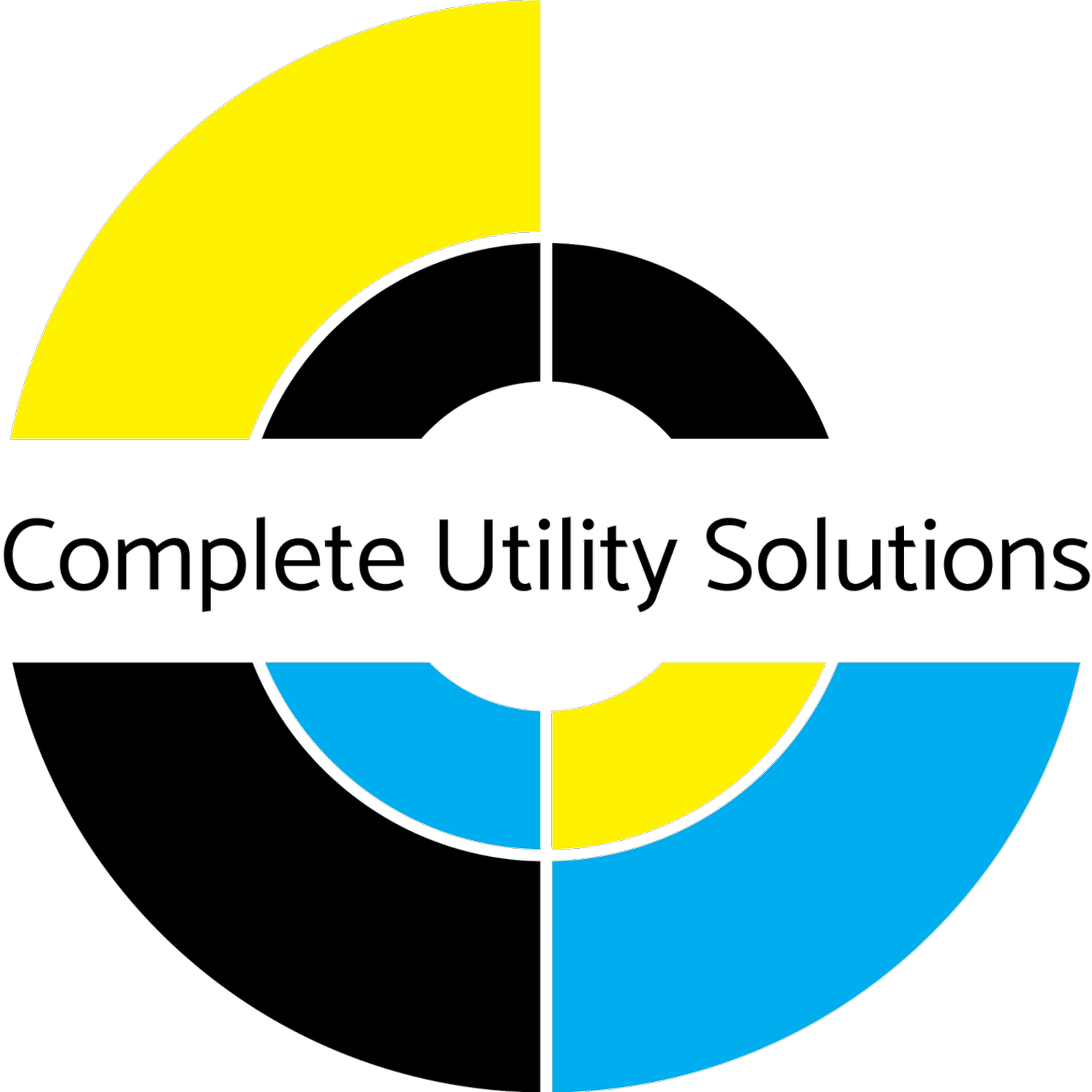Important Changes To Electricity Connection Charges
The Energy system is continuing to undergo a radical transformation as DNOs play a huge part in driving decarbonisation and digitalisation to achieve our net-zero targets. With the need for increased investment into the electricity network due to the electrification of heat and transport, the current charging arrangements enforced by the DNOs are no longer effective and, after an extended consultation period, Ofgem is implementing a change to the procedure that electricity network operators follow for calculating connection charges from 1st April 2023.
The Significant Code Review Ofgem has completed and confirmed that a package of changes is being released to enable competition, innovation, and decarbonisation at the lowest costs possible. One of the objectives set by Ofgem was to ‘Reduce the overall connection charge faced by those connecting to the distribution network’, this involves changing how different parties access and pay charges for the electricity network.
How it currently works.
There’s a lot of jargon out there so we’ve tried to summarise it into something informative and concise to help you understand what it means for your current and future developments. Generally, connections will either require the installation of new assets to extend the existing network for your developments (‘Extension Assets’) or the connection will require the DNO to upgrade or expand the capacity of the existing shared network assets to facilitate a new connection (‘Reinforcement’).
Currently, if the DNO require any upgrade works to facilitate the required capacity for your developments, they will include reinforcement costs to the Point of Connection Offer, which, depending on the type of reinforcements required, is either partially or fully payable by the connecting customer. Depending on the size of the development and demand required, these charges can range from thousands of pounds to millions, a continual source of frustration for developers! These reinforcement works are often described as upgrading substations or replacing cables.
So, what will change?
DUoS stands for Distribution of Systems; it’s part of the overall electricity bill. Consumers pay it in addition to their kWh unit charges. DUoS covers the cost of installing and maintaining local electricity distribution networks. This helps distribute the power to businesses.
The above table shows the new charging boundaries where reinforcements are required. Extension to assets and the process of the non-contestable costs associated will continue as they currently are. As you can see, the reinforcement costs under the new arrangement are fully funded by the DNO via DUoS charges (the proportion of our electricity bills that is payable to the DNO’s). Essentially, under the new arrangement, most reinforcement costs will be recovered through the network charges that form part of all electricity bills.
What’s the catch?
To protect billpayers from having to fund exceptional reinforcement costs a high-cost cap (HCC) will be introduced for demand connections. An HCC already exists for generation connections. The new demand connection HCC has been set at £1,720/kVA, if the cost of distribution network reinforcement exceeds this threshold, then the applicant will be charged the over and above proportion of the reinforcement cost.
The second important point to be aware of is that the new reinforcement rules only apply to distribution network costs. There is no change with respect to transmission network reinforcement (the network owned and operated by National Grid). If reinforcement is required on the transmission network to provide capacity for a new connection, then these costs will still be included in a connection quote.
If you have any questions or are unsure about what this means for your current developments, then please contact our team at sales@cu-solutions.co.uk who are on hand to assist and advise.
These changes will come into effect from 1st April 2023, we will be monitoring for updates from the DNOs and attending stakeholder events to ensure we are in the best position to provide the most cost-effective solution for you. In the meantime, there are some links to some useful resources listed below:
As the leading utility consultancy, we are best placed to provide reliable independent advice on the options available to developers. Contact our team if you have questions about the changes due to take effect and the transition arrangements in your area.
USEFUL UTILITY ELECTRICITY CONNECTION JARGON
Distribution Network Operator (DNO) – a licenced electricity network operator limited to a defined geographic area.
Demand Connection – a connection serving an electricity user. For example, a connection to a new manufacturing unit or a housing development.
Generation Connection – a connection serving an electricity generator. For example, a connection to a solar park or a new wind farm.


